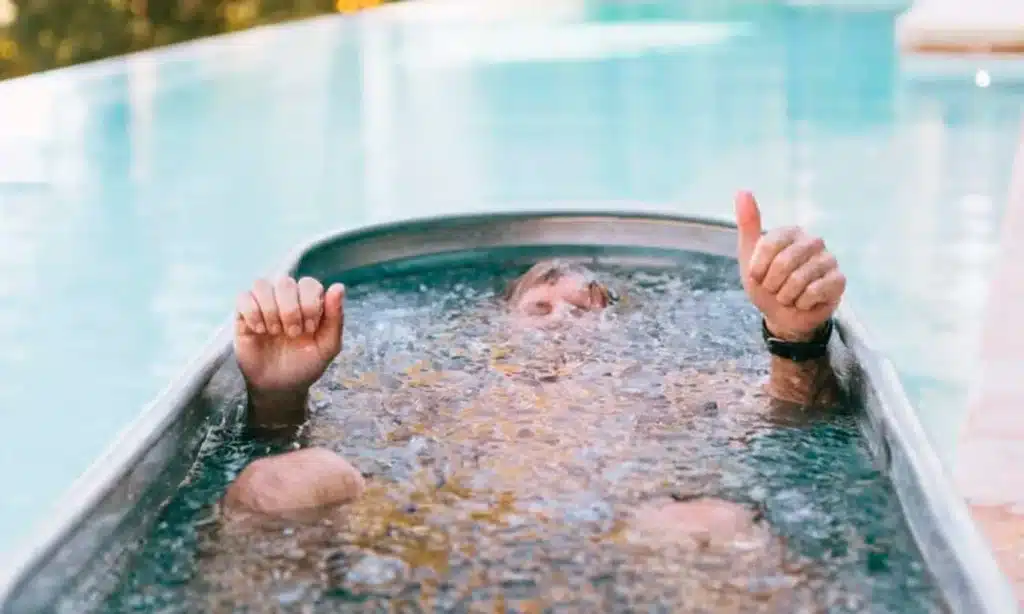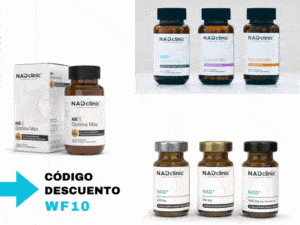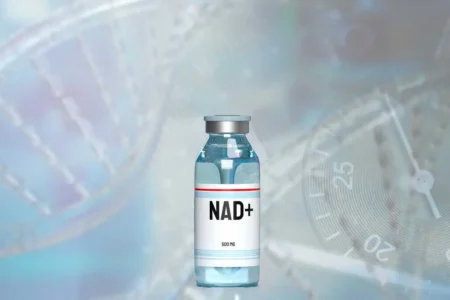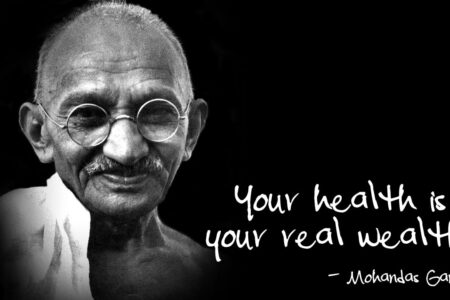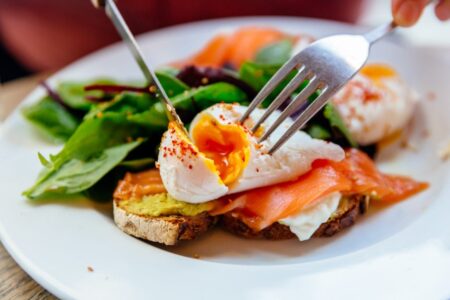Recently we discussed whether cold dives were really a therapy or rather a fad and worth the suffering they entail. Now that we have clarified this point and assumed that the market rules, so if the client asks for it, we have to give it, we asked ourselves this other question.
In the world of wellness, exposure to cold has become the new fashion statement. From cold plunges From Nordic aesthetics to sophisticated cryotherapy cabins, more and more wellness centres in Spain are considering incorporating this service.
But what is really the most suitable and profitable option for a wellness business?
In this analysis we compare costs, maintenance, safety, customer experience and economic returnThe Spanish market is a realistic and operative one.
The trend: from homemade ice to therapeutic luxury
The boom in ice baths started in high-performance gyms and has spread into the world of ice baths. lifestyle. Social media and media figures such as Wim Hof or elite sportsmen have promoted the idea that "cold cures".
Wellness centres have taken note: today's customers are looking for extreme experiences that blend resilience, mind and health.
However, behind the fashion lies a business challenge: which system to choose, how much to invest y what cost-effectiveness it can offer.
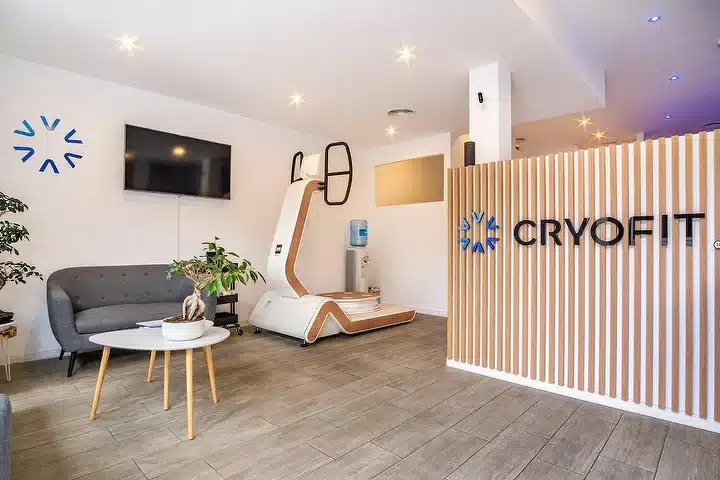
Types of cold therapies available
Cold plunge or ice bath
Immersion in water at low temperature (4-15 °C).
Models:
- Basic tubs (manual filling with ice).
- Commercial systems with chiller, filtration and digital control.
Advantages: low investment, easy installation, high perception of well-being.
Disadvantages: constant water maintenance and sanitary control.
Cryotherapy cabin
Exposure of the body to extreme cold air or steam (-80 to -140 °C) for 2-3 minutes.
Models:
- To liquid nitrogen (LN₂): traditional, fast and powerful technology.
- Electric or hybridsafer and more environmentally friendly, but costly.
Advantages: great visual appeal and premium marketing.
Disadvantages: high investment, more complex technical and legal requirements.
Installation costs (CAPEX)
| System | Initial investment approx. | Work and installation | Start-up time |
| Basic ice bath | 400-2.000 € | Minima | 1 day |
| Cold plunge commercial | 4.000-12.000 € | Low-medium | 1-2 weeks |
| Electric cryo-chamber | 25.000-120.000 € | Medium-high (ventilation, electricity, insulation) | 2-4 weeks |
For most urban spas, commercial cold plunge offers the best cost/visual impact ratio.
Operational costs (OPEX) and maintenance
Cold plunge with chiller
- Average electricity consumption: 0.7-1.5 kW/hour (≈ 7-12 kWh/day).
- Monthly cost: 45-110 €according to use and tariffs.
- Requires filter change, pH control, chlorination or ozone, and daily cleaning.
- Recycled water if the system has efficient filtration; total change every weeks/months.
Cryotherapy
- To liquid nitrogen: consumption 2.5-4 L per session (high logistical cost).
- Electric: consumption <5 kWh/hour; more expensive technical maintenance.
- Periodic checks and calibration of sensors mandatory.
Result:
The cold plunge has lower operating cost and less technical complexity, ideal for small to medium-sized centres.
Electric cryotherapy results in more efficient in the long termbut requires a higher initial investment and volume of sessions.
Health and legal requirements in Spain
Cold plunge
- Considered public toiletThe pool must comply with water control and disinfection according to regional swimming pool regulations.
- Recording of daily parameters (pH, chlorine, temperature).
- Visible signage of contraindications and hygiene protocols.
Cryotherapy
- Equipment must have CE markingadequate ventilation and trained personnel.
- If nitrogen is used, the following is required gas detection and safety ventilation.
- It is recommended that informed client consent and medical control if promoted for therapeutic purposes.
In both cases, it is advisable to consult the local council and the regional health authority before installation.
Hygiene, maintenance and user experience
Ice baths
- Mandatory pre-showers.
- Cleaning of edges and daily disinfectant checks.
- Weekly check of the filtering and drainage system.
- Visible security protocols.
Cryotherapy
- Individual sessions, maximum 2-3 min.
- Dry clothes and protection (gloves, socks, ear muffs).
- Constant operator supervision and intercom communication.
- Rapid disinfection between users.
Capacity management and appointments
| Parameter | Cold plunge | Cryotherapy |
| Time per session | 5-10 min (20-30 min with preparation) | 2-3 min (8-12 min total) |
| Hourly capacity | 2-3 sessions | 4-6 sessions |
| Type of reservation | Ideal in post-sauna or post-workout packs | Single sessions or premium vouchers |
| Management | Spa software (Book4Time, Reservio, Zenoti, etc.) | Closed agenda, pre-screening and digital consent |
Cryotherapy allows higher customer turnoverwhile the cold plunge is best integrated into combined circuits (sauna, sensory shower, relaxation).
Pricing and profitability model
Cold plunge commercial
- Investment: €8,000
- Monthly cost: 300 €.
- 300 sessions/month at 10 € = 3,000 €/month → ROI ≈ 3 months
Ideal if integrated into circuits or packs.
Electric cryotherapy
- Investment: €45,000
- Monthly cost: €1,200
- 600 sessions/month at 35 € = 21,000 €/month → ROI ≈ 3-4 months,
if there is traffic and solid marketing.
Conclusion:
- The ice bath has a more affordable entry and low financial risk.
- The cryotherapy is a premium positioning investment with high returns only if consistent volume and loyalty are achieved.
Direct comparison
| Variable | Cold plunge | Cryotherapy |
| Initial investment | Low-medium | High |
| Operational cost | Under | Medium-High |
| Technical complexity | Baja | High |
| Sanitary maintenance | Daily, simple | Technician, specialised |
| Security / risks | Moderate (water) | Major (LN₂ or extreme exposure) |
| Margin per session | Medium | High |
| Brand image | Natural, wellness | Innovative, technological |
| Return if demand falls | Stable | Slow |
| Overall profitability | High | Registration only in premium centres |
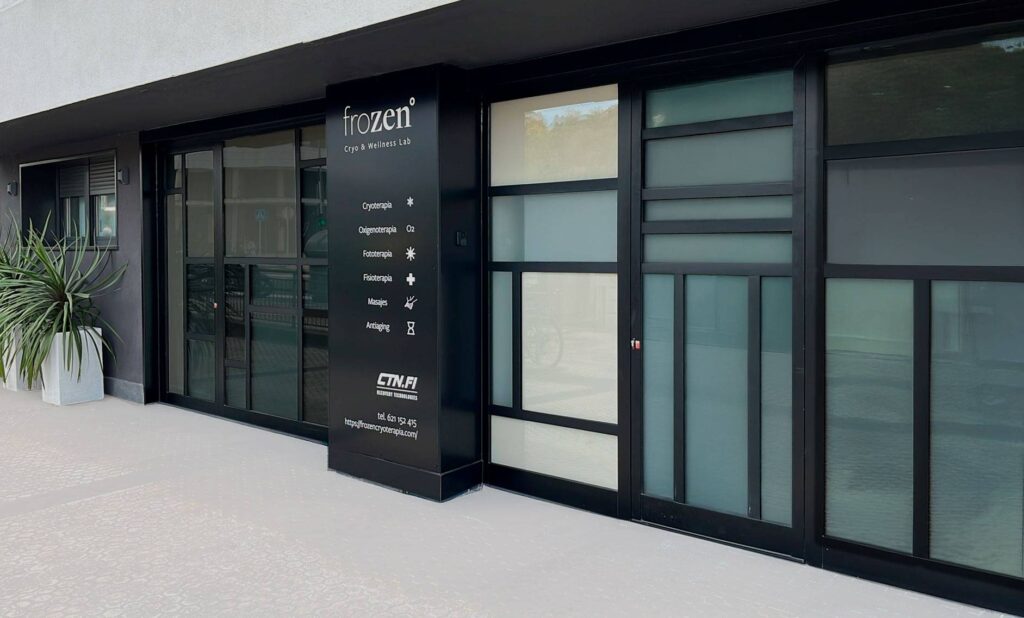
Recommendations according to type of centre
Boutique gyms or urban spas
Install commercial cold plunge with chiller and filtration.
✔️ Moderate investment.
✔️ Good sensory experience.
✔️ Easy integration with sauna or cold showers.
Charge per session or include it in the premium membership.
Centres premium or clinical-sports
Opt for electric cryotherapy cabin (avoid nitrogen in the absence of technical equipment).
✔️ Great visual appeal.
✔️ High billing per session.
✔️ Ideal for high net worth clients.
It requires training, technical maintenance and basic medical protocols.
Small studios or emerging wellness
Try with portable ice bath or mini plunge during a 3-month pilot phase.
✔️ Low investment.
✔️ Allows to evaluate acceptance and adjust tariffs.
Building and licensing requirements
- Cold plunge: usually only requires standard water, drainage and sockets. It does not require a building permit except for structural integration.
- Cryotherapy: may require three-phase electrical suitability, ventilation and gas hazard installation permits (LN₂).
- In both cases, the city council may apply for prior notification of activity or extension of licence, especially if the centre operates as a health or beauty centre.
Free or paid use?
- Free of charge (included in circuit): reinforces perceived value and builds member loyalty, ideal for spas or premium gyms.
- Payment per session: raises perception of exclusivity; cost-effective if combined with vouchers of 5-10 sessions.
- Mixed model: free access limited to "gold" members and extra charge for external members.
The hybrid model (membership + occasional payment) is the most sustainable in Spain.
Spanish wellness market: current overview
- Brands such as Renu Therapy, Brass Monkey, ColdPod, Cryo Science, MECOTEC or Cryonext offer CE certified equipment with European support.
- In Spain, suppliers such as Cryosense, Cryotherapy Spain, CryoInnovations or CoolDive have consolidated their technical service and regulatory advice network.
- The 2024-2025 trend: integrating thermal contrast spaces (sauna + plunge + cold shower) with natural aesthetics and energy efficiency.
Consumers are looking for complete sensory experiencesnot just isolated treatments. Therefore, the cold plunge is often the "first step" investment for many spas before switching to electric cryotherapy.
Choose wisely, not just fashionably.
Cold sells. But what really generates profitability in a wellness centre is not the temperature of the water, but the temperature of the water. the coherence between investment, operations and brand strategy.
- If you are looking for quick impact, low cost and loyalty: choose ice bath with chiller.
- If you aspire to position yourself in the premium segment and can afford to take on more investment and management: go for electric cryotherapy.
- And in any case, it guarantees hygiene, safety and a narrative consistent with the centre's philosophy: conscious wellbeing, not extreme suffering.
